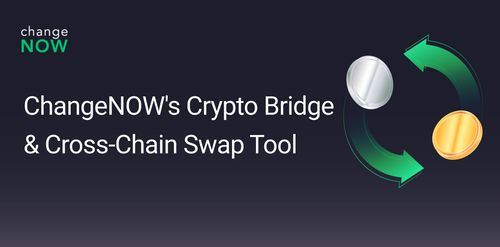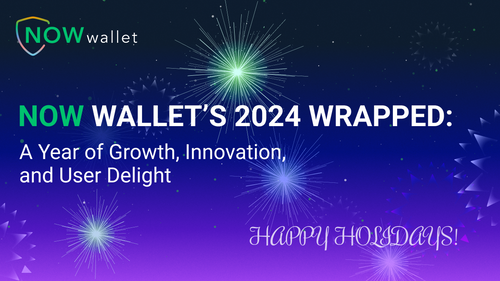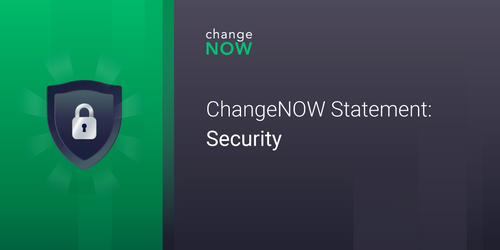Vasil Hard Fork Explained: What Changes for Cardano?
It will substantially increase throughput and speed of Cardano, improve smart contract interaction, and reduce the cost of transactions. The hard fork will refine Plutus – Cardano’s smart contract language that will allow developers to build more efficient dApps.
Vasil is a hard fork since it’s a radical change in the Cardano blockchain, and the network's nodes need to update to continue operating. This fork is a part of the massive Cardano roadmap that the team has been consistently pursuing for years.
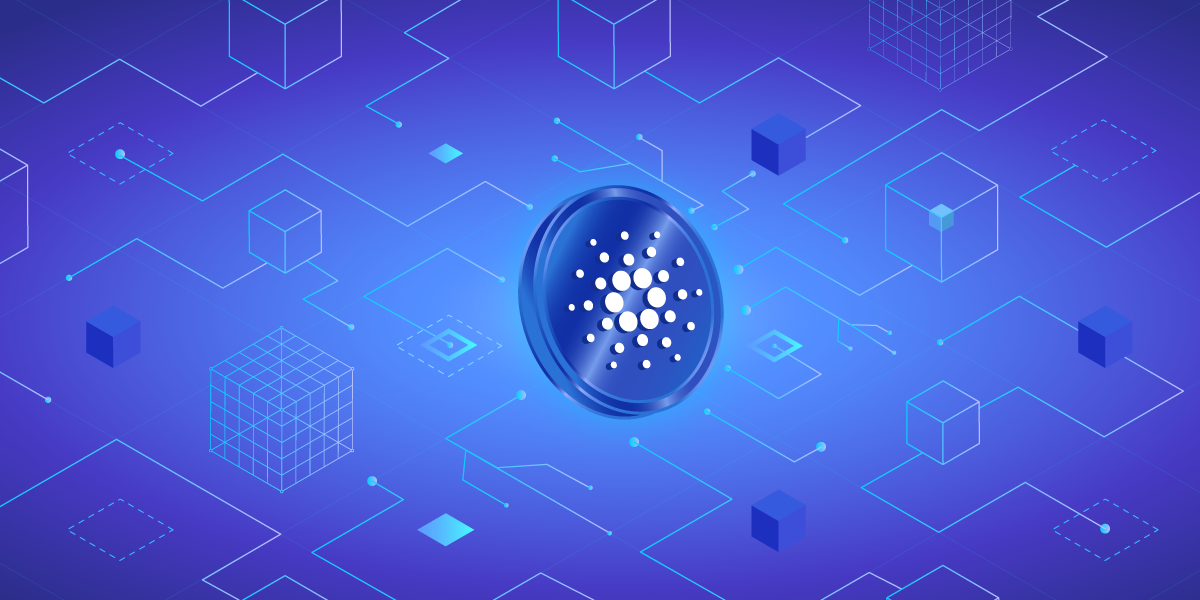
Cardano: Unique Philosophy and Strong Community
Cardano is a digital coin that aims to become the future of money, allowing for fast peer-to-peer payments with mathematically proven security. Scalability, sustainability, and interoperability are the key characteristics inherent to Cardano.
The network is unique in a way that it is based upon scientific philosophy: it is the first blockchain that was developed using peer-reviewed academic research. Cardano’s values have attracted millions of users and shaped a vibrant ADA community. According to the MBLM Top Brand Intimacy 2022 report, Cardano is a top cryptocurrency brand that surpassed Bitcoin, Ford, Nestle, Xbox, and Google in terms of users’ loyalty.
How Cardano was conceived
In 2014, an Ethereum co-founder Charles Hoskinson realized: his and Vitalik Buterin’s views on the future of Cardano were different. He left the project to build a next-gen blockchain with his own team. Hoskinson described Bitcoin as the first-generation cryptocurrency: it enabled intermediary-free money transfers, but not much more.
Generation 2 blockchains allowed for more complex, conditioned ways of value exchange, but they had poor throughput, vulnerable smart contracts, unsustainable Proof of Work consensus, bad on-chain governance resulting in hard forks.
To address these issues, Hoskinson introduced Ouroboros – a protocol that had revolutionary ideas for the crypto industry in 2017. It was meant to become the backbone of the third-generation blockchain – a faster, more reliable and scalable network.
This was the Byron Era of the Cardano roadmap – the first one out of the five. It was devoted to the foundation of the coin.
Moving on – Decentralization in the Shelley Era
The next era focused on decentralization, and it received the name Shelley – in honor of the English novelist Mary Shelley who wrote Frankenstein. She conceived the idea of the novel in Geneva while being there with her family and Lord Byron.

Mary Shelley. Image source
During the Shelley era, Cardano team implemented mechanisms that encouraged the community to create more ADA nodes, thus improving robustness and security of the blockchain. Staking pools were created, and users were given an opportunity to delegate their staked tokens. The team also launched a reward system to drive stake pools and community adoption.
Shelley era set the groundwork for two hard forks that shaped Cardano as we know it today – Mary and Alonzo.
Mary hard fork – introducing Cardano-native assets
An update named after Mary Shelley was implemented in March 2021, bringing Cardano closer to the Goguen smart contract era. The Mary hard fork allowed users to launch custom tokens in the blockchain, which enriched the network with new utility.
These tokens have a number of features making them distinctive from ERC20 assets that we are used to. First,** they are native to Cardano blockchain and have the same status as the ADA coin** – which is different from Ethereum, where ETH and ERC20 tokens aren't equal. ADA has remained the crucial coin of the ecosystem, and Cardano has become a multi-asset blockchain. This paved the way for launching DeFi services, NFTs and stablecoins in the ecosystem.
Second, Cardano tokens don’t need a smart contract to be issued. Their core logic is already implemented in the blockchain, so there’s no need for extra code. This reduces the risk of a human error: unsecured smart contracts have become a weak point of most dApp ecosystems, and their absence is meant to make tokens more reliable and secure.
Alonzo hard fork – long-awaited smart contracts launched
Even after custom tokens were enabled, it was impossible to unleash the potential of Cardano without smart contracts. Moreover, ADA positioned itself as blockchain for dApp creation – and years passed, but the team wouldn’t release the technology. Cardano was criticized for being a “smart contract platform without smart contracts”, even though it was one of the most actively developed blockchains in 2020–2021, according to a report.
In September 2021, smart contract tech finally went live after the Alonzo hard fork. It was a huge step in the Cardano evolution that allowed launching dApps, DEXes, and marketplaces in the ecosystem, dozens of which are functioning as of September 2022. In July, IOHK claimed there were over a thousand of projects building on Cardano, and this could even have been an underestimation.
The Alonzo hard fork was hailed by the Cardano Foundation as a moment when its “mission truly begins.” Cardano became a fully-functional smart contract platform with smart contracts. Its utility and usability significantly increased.
Vasil Hard Fork – Faster, More Scalable Cardano
In September 2022, we are in the Basho era of Cardano that is about scaling. The team is improving smart contracts and increasing the network's speed, throughput, and interoperability. Vasil, the hard fork of this era, is to put all these changes into effect. It has been scheduled for September 22nd.
The update was named in memory of Vasil St. Dabov – a Bulgarian mathematician, Cardano ambassador, community member, and a friend of Charles Hoskinson who passed away in 2021. Vasil has left a remarkable legacy, including 10,000 trees that he has planted in his lifetime.
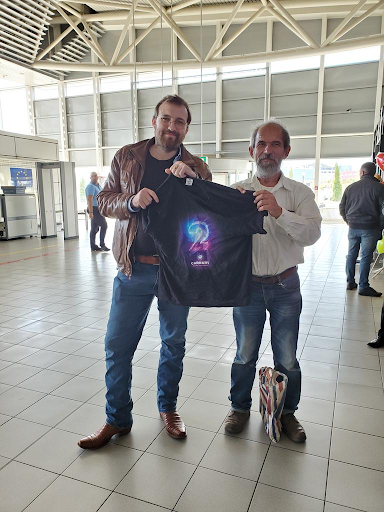
Charles Hoskinson and Vasil Dabov. Image source
The first version of smart contracts that was presented in the Alonzo hard fork allows for some lending, NFT marketplaces, and DEXes. However, a more complex DeFi hasn’t launched on Cardano since – it has higher requirements that hadn’t been met following Alonzo.
Vasil will allow creating decentralized exchanges, synthetic assets, and all sorts of other advanced DeFi products. It is expected that many more dApps will launch on Cardano over the next few months.
Here are some of the most important updates that Vasil includes.
Optimization of the Plutus language
Improving Plutus language implies allowing transactions to interact with smart contracts faster. The optimization will be implemented in accordance with community-driven Cardano Improvement Proposals (CIPs). Let’s take a close look at one of them, CIP-33.
First, some context: as mentioned before, Haskell is the main language for ADA blockchain. To make it readable for Cardano's virtual machine, Haskell is converted into Plutus scripts.
The problem is that these scripts are absent on the blockchain. Every time a user sends a transaction, the algorithm uploads a script (app logic) onto the network. This means each block is stuffed with more data, so it accommodates fewer transactions, resulting in lower throughput and higher costs.
CIP-33 allows pushing a script onto the chain first and then interacting with it via a reference script. Only the small reference script will have to be added to the transaction, which reduces its size significantly. The cost of interacting with a smart contract will also drop. As smaller transactions occupy less room in blocks, Cardano throughput will increase.
Diffusion pipelining
Diffusion pipelining makes transactions propagate across the network faster. Currently, a block is created every 20 seconds and has to be spread in under 5 seconds. After Vasil, blocks will be propagated before they are fully validated: the time spent on diffusion and time needed for validation will overlap. This will increase the throughput of Cardano.
In addition to Plutus optimization and diffusion pipelining, Plutus V2 scripts will also be upgraded. 20-30% improvements in script resource usage are expected, and Cardano will become more interoperable with other blockchains such as Bitcoin or Ethereum.
How cheaper and faster will Cardano become after Vasil?
To answer this question, Artano, a community-driven NFT marketplace on Cardano, has tested post-Vasil improvements on a preview testnet. The team compared fees for buying and selling NFTs and the sizes of these transactions. Gas fees dropped by 76% after Vasil, and tx sizes decreased by 93%. We won’t necessarily see the same numbers on the mainnet, but the trend will surely remain.
How Cardano Is Preparing for Vasil
Cardano has got a hard fork combinator – a system enabling smooth upgrades without system interruption or restart. It ensures that the network before and after the hard fork is the same chain. According to IOHK, the combinator will help carry out a “seamless technical transition, with no disruption for its users or a break in block production.” Users don’t need to take any action.
To make sure the community is prepared for the fork, Cardano has been tracking against three ecosystem metrics:
- 75% of blocks are created by the final Vasil node version (1.35.3) – the one previously released on Vasil dev net and a new pre-production environment.
- 25 crypto exchanges accounting for 80% of ADA liquidity have upgraded.
- Top 10 DApps by TVL verify that they have upgraded to 1.35.3 on the pre-production chain and are ready for mainnet.
Cardano fans are lucky. They will enjoy cheaper and faster transactions almost immediately – compared to Ethereum users whom the Merge won’t please with a more scalable blockchain right away. The changes that the Vasil hard fork brings promise to attract new projects into Cardano, and in the next few months, we may witness a heyday of the ADA ecosystem.

